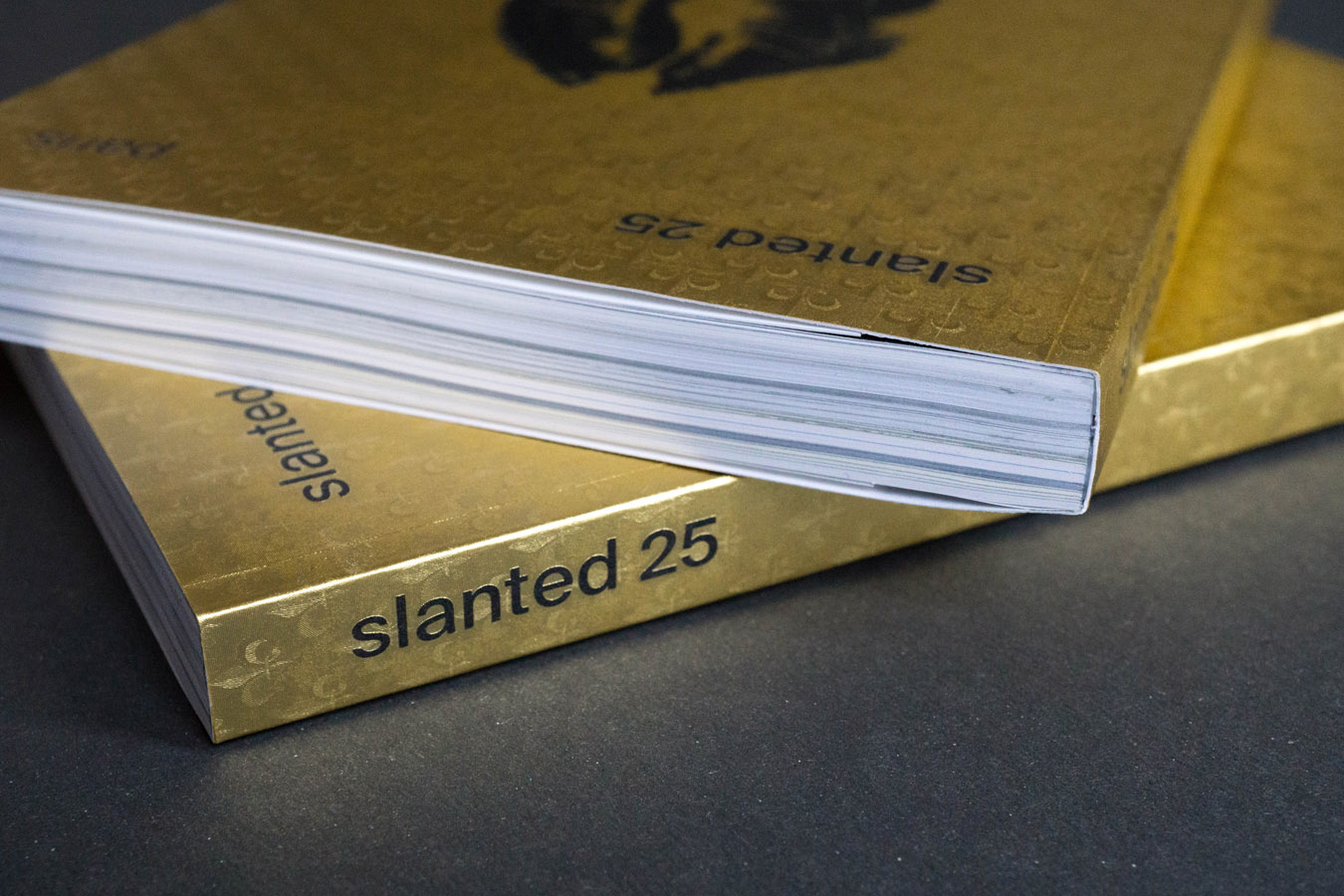 Paper
Paper

Adhesive is used to bind individual sheets of paper together to create, for example, paperback books. Before applying the adhesive, the book block is scored along the spine edge to ensure an even spread of glue.
For hot-melt gluing the hotmelt constituent is heated to approximately 170°C (? 336°F) until the mass turns to liquid. The adhesive is then applied to the spine of the book within 60 seconds and left to harden.
Cold glue application is less durable. A machine glues several books simultaneously using cold glue (dispersion glue).
A further gluing method (PUR) applies polyurethane glue (PUR) to the book-block. PUR has the added benefit of being more temperature-resistant. This glue is also heated up and subsequently cooled down.
In most cases, the book block is glued into a cover that hides the binding. Adhesive binding can be reinforce with additional thread-stitching.
To apply a glue binding method the book-block must coprise at least 20 to 24 pages. The maximum book-block for glue binding is c 450 pages of 100gsm paper. .
The advantage of adhesive binding over thread-stitching is the techniques suitability to automated book production processes, allowing for a large volume of books to be produced very quickly and cost-effectively. Glue binding is, however, less durable than thread-sewing and not ideally suited to projects with an extended lifespan such as art books.
Emil Lumbeck developed adhesive binding in 1936.